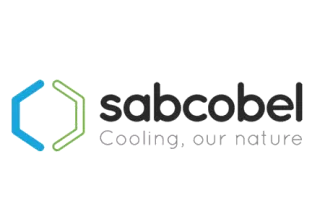What is it and why is it interesting for your business?
Predictive maintenance is a proactive approach to maintenance that uses data science and AI algorithms to predict equipment failures before they occur. By analyzing historical data, monitoring equipment conditions in real-time, and detecting early signs of potential issues, predictive maintenance helps businesses anticipate maintenance needs and schedule repairs at the most opportune times. This strategy minimizes downtime, reduces maintenance costs, and extends the lifespan of equipment, ultimately improving operational efficiency and maximizing productivity for our business.
How does it work?
The process begins with comprehensive data collection from various sources such as sensors, equipment logs, and maintenance records, encompassing parameters like temperature, pressure, and usage patterns. This data then undergoes preprocessing to ensure accuracy and consistency, including handling missing values and outlier detection.
Subsequently, domain expertise is leveraged in feature engineering to identify key indicators of equipment health or performance, such as temperature trends or vibration patterns. Machine learning algorithms are then deployed to develop predictive models, utilizing historical data to discern patterns and relationships between input features and equipment failures. These models are trained and refined to optimize performance, adjusting parameters to minimize prediction errors.
Once validated, the models are deployed into production systems for real-time monitoring of equipment health. They analyze incoming data streams to detect anomalies or signs of potential failures, enabling timely intervention to prevent downtime. Finally, the process is iterative, with continuous monitoring of model performance and refinement based on feedback from maintenance activities and new data, ensuring adaptability to evolving operating conditions and maximizing the benefits of predictive maintenance.
What do we need to pay attention to?
Striking a balance between false positives and false negatives is critical. While false positives can lead to unnecessary maintenance interventions and associated costs, false negatives risk overlooking genuine maintenance needs, potentially resulting in equipment failures and downtime. Achieving an optimal ratio between false positives and false negatives requires thorough evaluation and tuning of the predictive model, considering factors such as the cost of maintenance actions and the potential consequences of equipment failures. By addressing these considerations, organizations can enhance the accuracy and efficiency of their predictive maintenance efforts, maximizing equipment reliability and minimizing operational disruptions.
